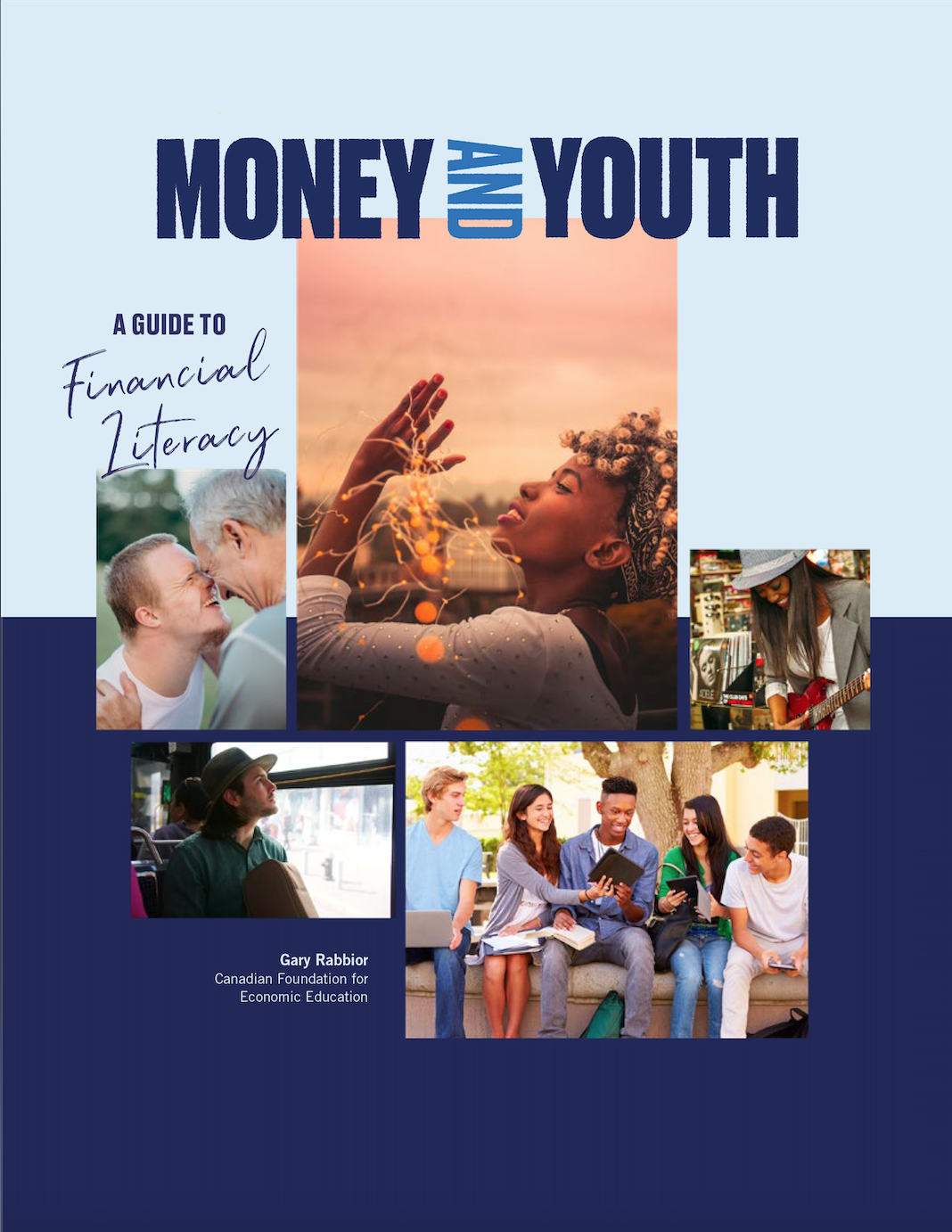This lesson can be used as a companion to Module 1 of Money and Youth – Your Money Decisions: Who’s in Control?
Relevant Subjects and Topics:
Family Studies, Man in Society, Business Studies, Communications, Decision-making, Advertising, Values, Financial Planning, Goal-setting
Background Information:
Many people go through life without ever learning how to make decisions. Good decision-making is a skill that young people should be taught and have a chance to practice. They should make decisions and learn from them, both good and bad.
A key part of making good decisions is to be aware of the influencing factors. These can include intentional ones such as advertising, or more subtle ones like peers or parents, who are often role models for behaviour. If a person is aware of these factors they are better able to decide, to some degree, if they want to be influenced or not.
It is said by some that the most important thing we can teach young people about decision-making is “meta-cognition” – that is, to think about your thinking. This involves taking a moment to think about the decision that is being made, the benefits that will be derived, the trade-offs that will be incurred, and the factors that may be influencing the decision. Even if it is brief, research has shown that this pause and reconsideration can significantly affect decisions.
Another key factor is goals. If a person tends to set goals and objectives, then that person is likely to have today's decision more influenced by what they may be trading off in the future. A person without goals and objectives will find it more difficult to factor future trade-offs into decisions.
This lesson will alert students to the importance of making good money decisions, taking control of those decisions, and better understanding the factors that may be influencing them. It is based upon the first module of Money and Youth. It also provides an opportunity for students and teachers to provide feedback, comments and suggestions for the new edition.
Outcomes:
At the end of this lesson, students will be able to:
- Describe the various factors that can influence decisions about money
- Summarize key tips for making good money decisions
- Explain the importance of setting goals
- Describe the role of money
- Explain why it is important to have a plan to help with making good money decisions
Time for Implementation:
Two class periods
Teaching and Learning Strategies:
Period One:
- Prior to the class, ask students to review newspapers, magazines and online sites to find (a) an ad that they think is really effective and (b) an ad that they think is poor. Also, ask them to think about the last significant money decision that they made, whether spending, saving, investment, some money they gave away to others, etc. If it involved a purchase, were they using their own money or did someone buy it for them? Ask them to identify any factors that they think influenced their decision.
- In the first period of the lesson, provide the students with an opportunity to share the ads they selected with the class and note (a) their reasons why an ad was good and (b) why an ad was bad. Make a list of both sets of reasons.
- Divide the class into pairs and have them complete a Think, Pair, Share activity by following the next steps.
- Have the students write down how they are affected by ads. To what degree do they believe the decisions that they make about money are influenced by advertising? How do they feel about being influenced by advertising? Do they try, in any way, not to be influenced? If so, what do they do?
- At this point, pair up the students and have them discuss their answers.
- Have the pairs report back to the class.
- Next, ask the pairs to identify other factors that influenced the last significant money decision that they made. Was it their parents, their peers, what they could afford, or something else?
- Have them report back and make a list of these other factors.
- Review the list and discuss any questions or comments with them.
Period Two:
- Begin this period of the lesson by asking the students to write down things they think they should consider before making a purchase.
- Once this has been done, arrange the class into triads (groups of three) and have them compare their results.
- Allow them time to compile the best answer they can from the three lists.
- Once the triads have completed their task, have them report their findings to the class and compile a list of their suggestions.
- If the following items are not on the list, review them with the students:
- What is affecting their need to buy this item - think about their thinking - Why are they actually making this decision? (metacognition)
- What am I giving up in order to make this purchase (opportunity cost)?
- How will this purchase affect future events – would things be different if I wait?
- Can I really afford it? Will I be carrying the cost into the future?
- Having reviewed the above items with them, ask the triads to define the following:
- Instant gratification;
- Money can’t buy happiness;
- Money is a means to an end.
- Have the triads report their answers and then ask the class why they think it is important to have goals in life.
- Once it is established that goals help to put our actions into perspective and give them meaning, indicate that the focus will now be on what to do to keep our spending under control in order to help reach our goals.
- Ask them to explain the difference between short-term and long-term goals.
- With this understanding of the difference, have the triads develop some examples of the two and indicate how these goals would affect their spending habits.
- Have them report their ideas, and then conclude the lesson by summarizing the discussion by indicating that, if you keep your goals in mind when considering a purchase, it will help maintain a financial plan that will support what you want to achieve.
Evaluation:
- The pairs list could be handed in.
- The work of the triads could be handed in.
Modifications or Suggestions for Different Learners:
- The triad activities allow different roles to be played – for example, recorder or reporter – and, as such, individuals can assume a role that best suits their needs. In addition, the initial activities allow for individual needs to be addressed.
Additional Related Links:
Additional Possible Activities:
- The students could develop an ad that sells a specific product. This would reinforce the persuasiveness of advertising.
- The students could select an item that they wish they had not purchased and explain why they did buy and what they regret about doing so.
- The students could outline long range goals and actions they would take to attempt to reach that goal.




















